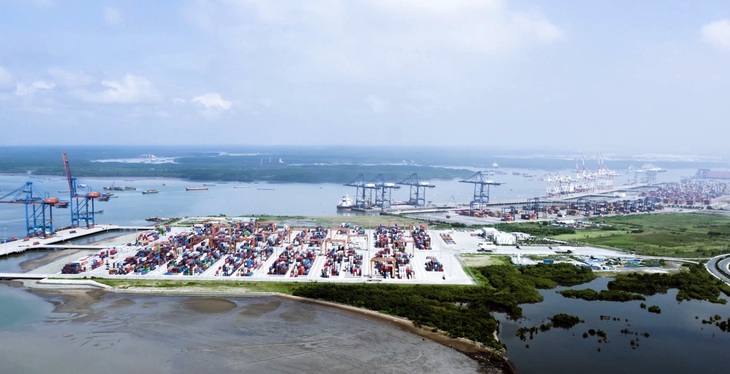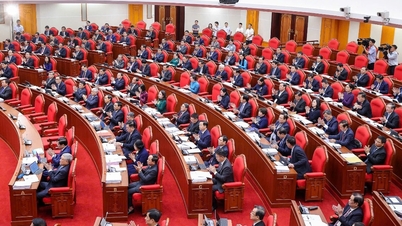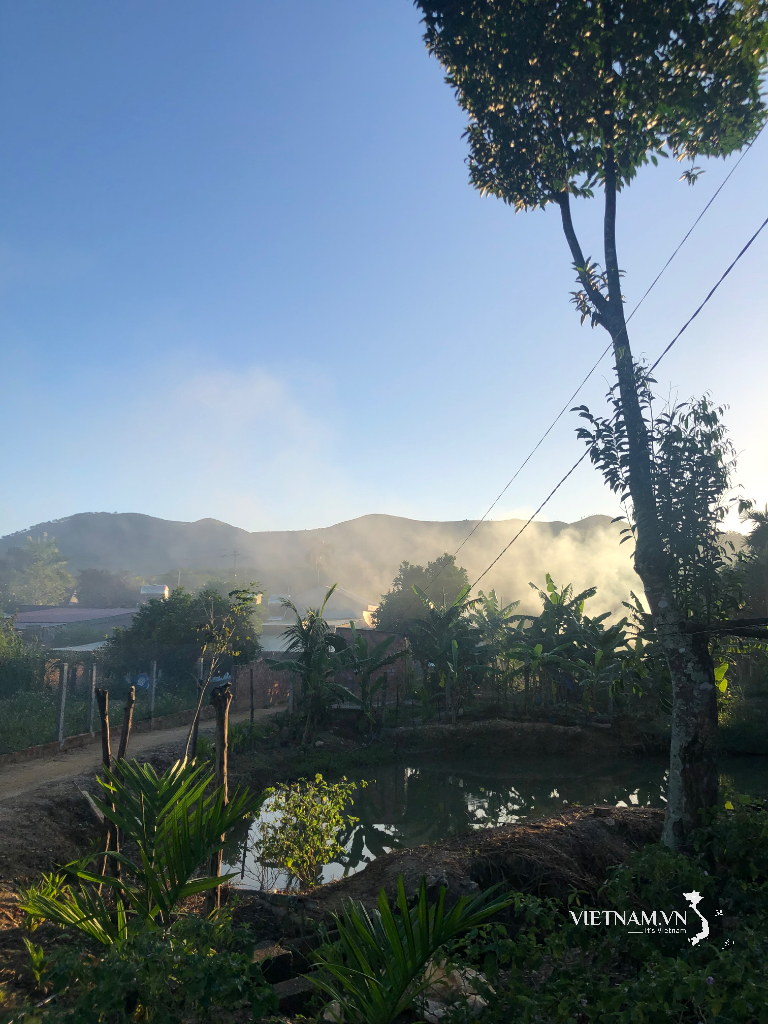Ba Ria - Vung Tau will be merged with Binh Duong and Ho Chi Minh City - Photo: Dong Ha
Permanent Deputy Prime Minister Nguyen Hoa Binh has just signed Decision No. 759 approving the Project on rearranging and reorganizing administrative units at all levels and building a two-tiered local government organizational model.
Prioritize certain names before the merger.
The plan clearly states that, in addition to criteria regarding natural area and population size as stipulated by law, the reorganization of administrative units at all levels must carefully consider historical, traditional, cultural, and ethnic criteria; geographical location and conditions; scale and level of socio-economic development; transportation and information technology infrastructure; and the requirements for ensuring national defense, national security, and international integration.
The highest priority is national development, expanding development space, promoting the leading role of dynamic regions, economic corridors, and growth poles; prioritizing the alignment of mountainous and lowland provinces with coastal provinces; harmoniously and rationally combining provinces with adjacent locations in accordance with development orientation requirements to support each other and jointly promote economic development.
Regarding naming conventions, the plan clearly states that the new administrative units after the reorganization must be thoroughly and carefully studied, taking into account traditional, historical, and cultural factors. Priority should be given to using some of the names used before the merger to name the new units, minimizing the impact on citizens and businesses due to the need to change documents and geographical indications.
The names should be easily recognizable, concise, easy to read, easy to remember, ensure systematic and scientific accuracy, and leverage the comparative advantages of the locality, in line with the trend of integration. Research should be conducted on naming communes and wards using sequential numbers or district-level names, prioritizing numbering to facilitate digitization and updating of data.
The names of the newly reorganized communes and wards must not be identical to the names of existing administrative units of the same level within the province or centrally-governed city, or within the province or city where the new units are planned to be established according to the approved provincial-level administrative unit reorganization plan.
How is the administrative center chosen?
When selecting an administrative and political center, it is essential to ensure that the local government quickly becomes operational and stable. The new center must have a favorable geographical location, a comprehensive socio-economic infrastructure, especially a developed transportation system (airport, roads, ports, etc.), and easy connectivity;
The new center will serve as a future development space; it will align with the socio-economic development orientation of the new administrative unit, ensuring harmony and rationality, avoiding imbalances between localities during the merger, and maintaining national defense and security. It is possible to study and plan the construction of new administrative and political centers that are rational and consistent with the general development trend.
Based on the restructuring criteria, the plan clearly states that a total of 52 provincial-level administrative units will undergo restructuring, including: 4 cities: Hai Phong, Ho Chi Minh City, Da Nang, and Can Tho; and 48 provinces: Ha Nam, Hung Yen, Vinh Phuc, Bac Ninh, Thai Binh, Hai Duong, Nam Dinh, Ninh Binh, Bac Kan, Thai Nguyen, Phu Tho, Bac Giang, Hoa Binh, Tuyen Quang, Lao Cai, Yen Bai, Ha Giang, Ninh Thuan, Quang Tri, Phu Yen, Quang Binh, Quang Ngai, Khanh Hoa, Dak Nong, Tay Ninh, Binh Duong, Binh Thuan, Binh Phuoc, Ba Ria - Vung Tau, Ben Tre, Bac Lieu, Vinh Long, Hau Giang, Tra Vinh, Tien Giang, Soc Trang, Dong Thap, An Giang, Long An, Ca Mau, Quang Nam, Binh Dinh, Dak Lak, Dong Nai, Gia Lai, Kon Tum, Lam Dong, and Kien Giang.
Why not merge Cao Bang?
The government also stated the reason for not merging with Cao Bang province - a province whose natural area does not meet the regulations (6,700.4 km² only meets 83.8% of the standard).
The reason is that the province has a very long national border with China, a complex and rugged mountainous terrain, and nearly 95% of its population are ethnic minorities; the neighboring provinces are not suitable for consolidation or merger.
For example, the western border with Ha Giang province is planned to merge with Tuyen Quang province to form a new province with a large natural area. The southern border with Bac Kan province is also planned to merge with Thai Nguyen province.
To the east, bordering Lang Son province, which has a large area and has already met 100% of both criteria regarding area and population size, merging Cao Bang and Lang Son provinces would create a new province with a long border, posing difficulties in ensuring national defense and security.
Tuoitre.vn
Source: https://tuoitre.vn/chinh-phu-huong-dan-dat-ten-sau-sap-nhap-va-lua-chon-trung-tam-hanh-chinh-cac-tinh-2025041507131689.htm








































































































Comment (0)